 |
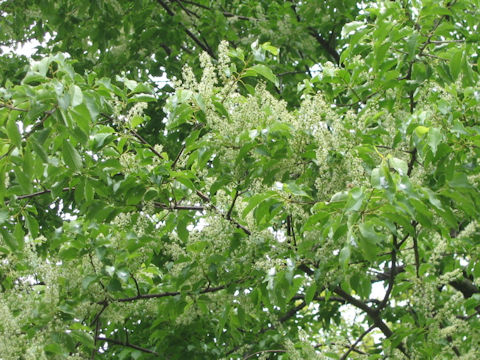

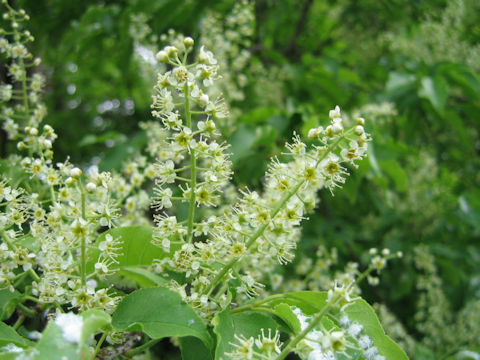



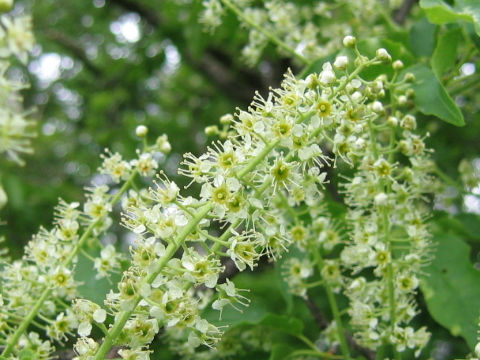

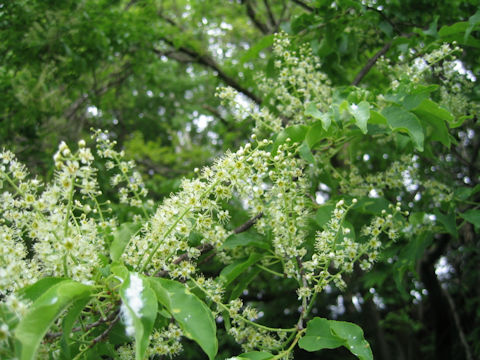

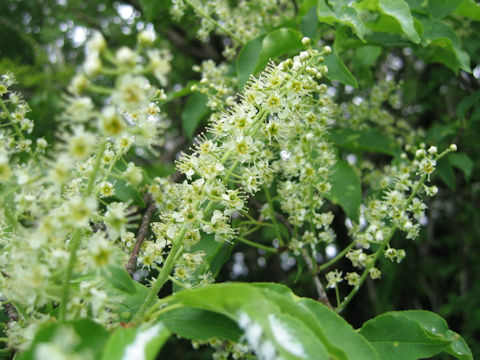

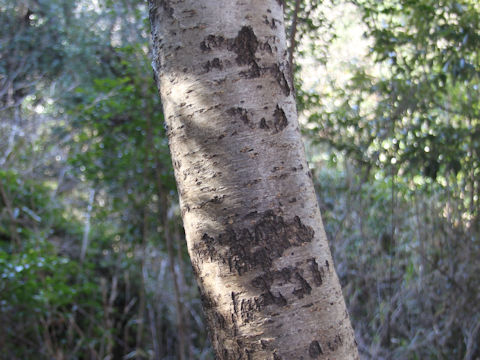

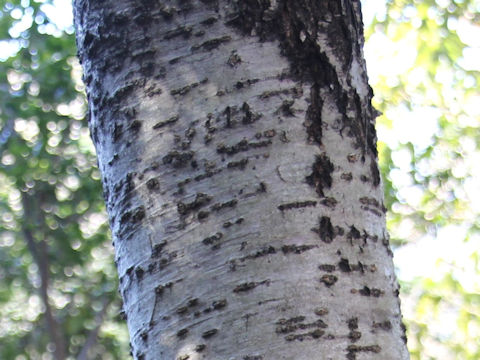

|

|
íªÌ{B©çlAãB»êÉ©N¼âɪzµÄ¢Ü·BuË©çRnɶ¦A³ÍPO`PT[gÉÈèÜ·BtÍ|óÈ~`©ç·È~`Åש¢ª èݶµÜ·BS©çT²ëAON}©çóÔð¾µÄ¢Ôð穹ܷBYµ×ª·ÔÌOÉË«oµÄ¢Ü·BÔ̲ÉÍZѪ§¶µAtÍ«ܹñB
|

|
pÈTN®ÌtØÅAw¼Í Prunus buergerianaBp¼Í èܹñB
|

|
"Inu-zakura" (Prunus buergeriana) belongs to Rosaceae (the Rose family). It is a tall deciduous tree that is native from Honshu to Shikoku and Kyushu, as well as the Korean Peninsula and China. This tree grows in hillsides and mountains, and it can reach 10-15 m in height. The leaves are obovate-elliptic to oblong, alternate with fine serrate edges. The white flowers bloom in the racemes of new branches from April to May. The long stamens protrude from the corolla. The inflorescence axis is covered with dense short hairs and leaves do not appear on the axis.
|

|
[ãEP`T] ·ì§¼{sàcÉÄA2005N0522úBeB
[UEº] ïé§ÂÎs¬cÉÄA2015N0124úBeB
|









